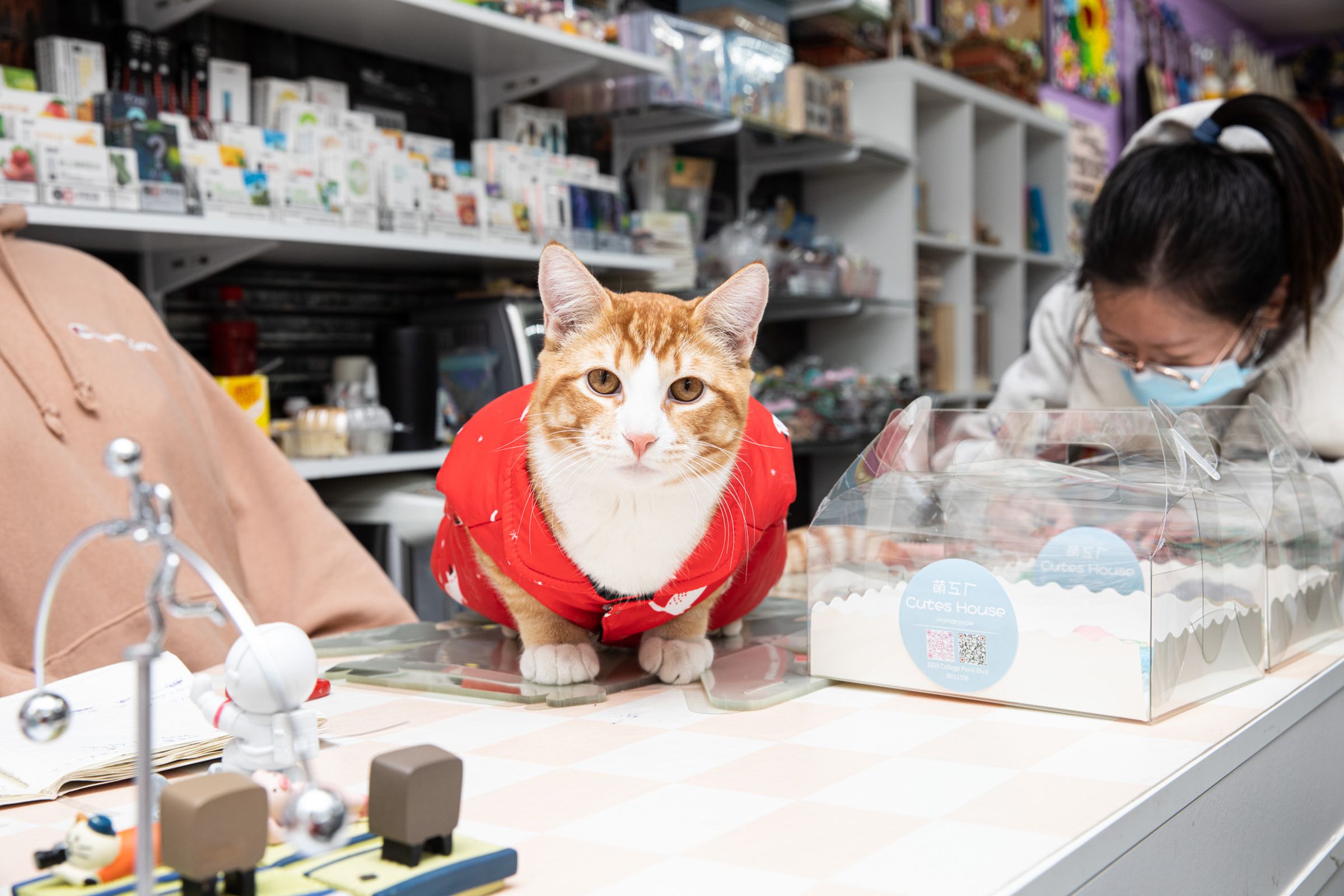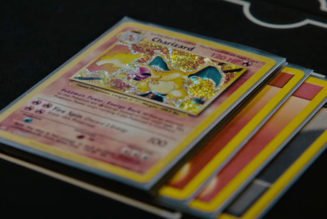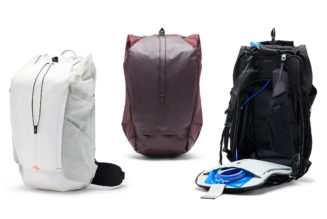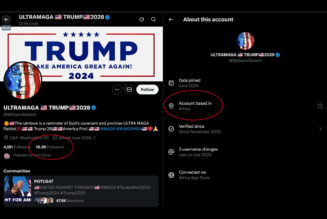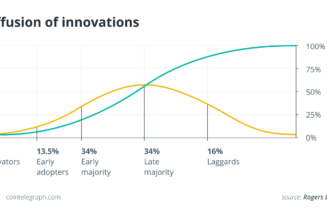Make Steve Jobs roll over in his grave with a custom rabbit strawberry glitter frosting iPhone case.
A TikTok viewed nearly 650,000 times opens with green and white frosting being smeared on a plain phone case. A reading of a Creepypasta about a faceless man plays over the sped-up clip as a hand comes in and swirls frosting around the edges. One by one, plastic decorations are added — a butterfly and flowers, glitter powder, tiny pearls around the cutout for the camera lenses.
The frosting isn’t edible, and the phone case isn’t simply an exercise in decorating. The TikTok is part of a maximalist design aesthetic that’s beginning to catch on in the US, where clean and minimal phone accessories are abandoned in favor of the busiest-looking cases you’ve ever seen. Every corner of a case is covered in gems, glue, glitter, and 3D additions including mini stuffed animals. The result is an opulent — and joyous — embrace of the impractical, affixed onto the devices that most of us conduct our life’s business on but that look nearly indistinguishable from one another.
“That would be extremely uncomfortable to hold,” a comment on the TikTok reads. “Girl not to upset you but how will that fit in your pocket?”
The decoden faithful are unphased by the questions. “Decoden” style — short for “decorated” and “denwa,” the Japanese word for phone — is reminiscent of the bedazzled flip phones of the 2000s, in which every inch of the device is covered in embellishment. But compared to the flippy, clicky cellphones of the aughts, the extravagant decoden aesthetic is even more at odds with the devices it now covers: sleek, unobtrusive smartphones defined by a corporate minimalism that’s become synonymous with “high tech.” Our phones all look the same now — we might as well do something interesting to the cases.
It’s easy enough to visit Cutes House, a small DIY craft studio in Flushing, Queens. It’s easier still to pick and choose the charms for your phone case. The hard part is finding the self-control to stop.
A full wall in the studio is blanketed by rows of tiny acrylic drawers and shallow dishes, each containing a unique miniature figurine — or “charm,” as they’re often referred to. They range in size, color, style, and material, from a rubber fried egg the size of a penny to three-inch KAWS dolls, mini typewriters, and telephones. A drawer for a miniature plastic baguette is empty, all used up by DIY customers.

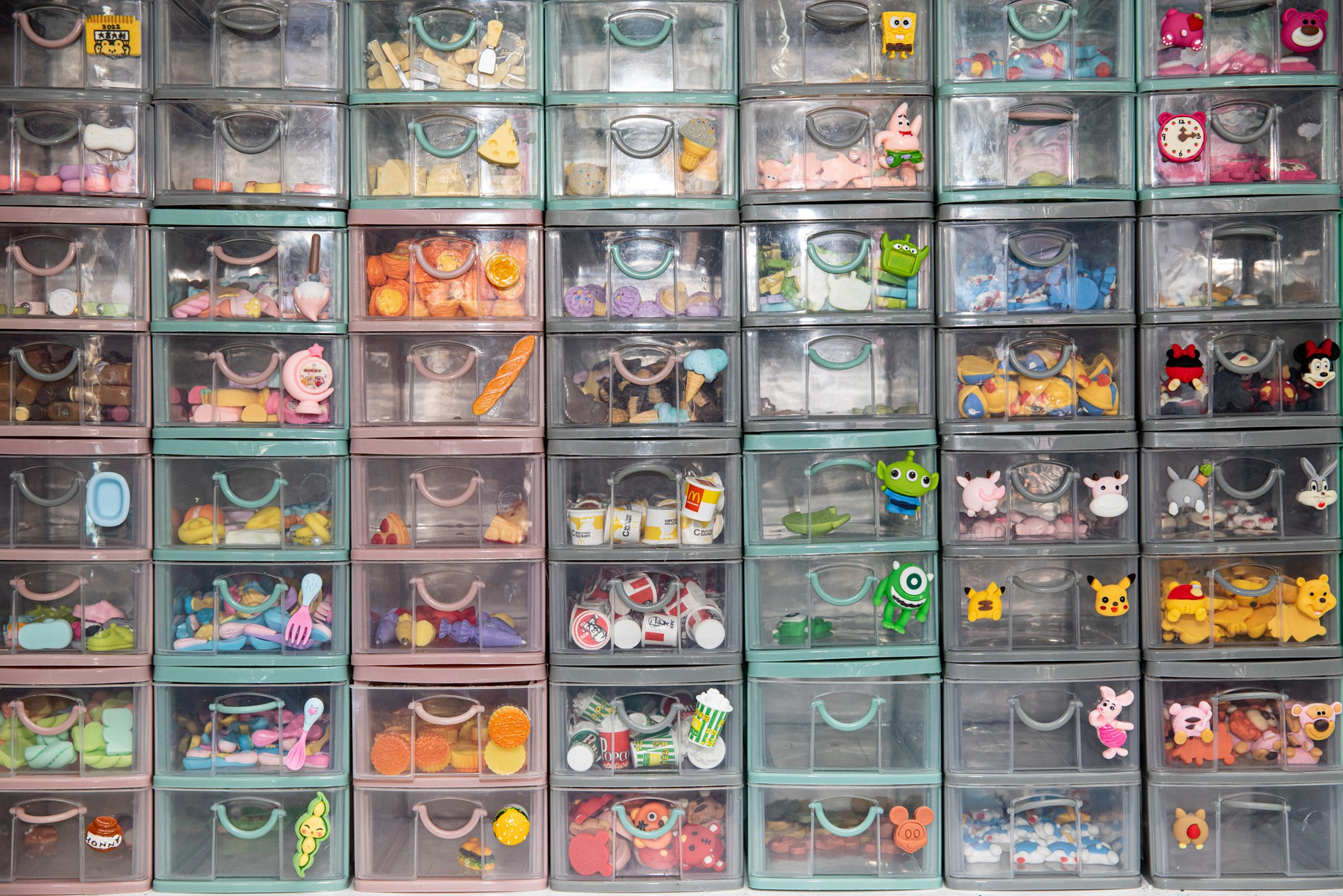
Emily opened Cutes House in October 2021, inspired by similar businesses popular in China. (She requested that The Verge use her first name only.) Though DIY shops are more common in China, Emily says this is the only DIY decoden studio in New York. Her customer base is largely teens and young women between 16 and 24 who come in groups — especially on weekends — to decorate phone cases, photo frames, hair clips, and AirPods cases.
For $39.99, customers get a new transparent silicone case for their phone, plus all the charms, beads, and figurines they can fit. The charms are secured to the case using a superstrength “whipped cream” glue that looks like frosting but is thicker and tackier. Customers pick a plastic frosting nib that gives the cake-like effect, and Emily gives a quick lesson on how to hold the squeeze tube to make the glue look tidy.
“Some people go crazy because they see so many charms,” Emily says. Others come with a reference picture from Instagram from which they copy a design they’ve found. Hello Kitty and Kuromi figurines are especially popular with customers.
For one case, I settle on an everything-but-the-kitchen-sink approach: Mario and Pikachu, a television set that says “TV,” and a squishy peach that I later realize is scented. On the other one, I decide to be more restrained and opt for shimmery yellow frosting glue, plastic diamonds, and a fluffy stuffed rabbit and strawberry.
After I carefully press in the charms on the bed of piped glue, Emily places the phone cases in clear plastic carrying boxes with a handle at the top — like something a slice of birthday cake would be delivered in. Several days later, once the glue seems like it has fully dried, I pop off the battered, plain dark blue case that I purchased when I got my phone and replace it with the stuffed animal-laden decoden case from Cutes House.
The case is comically large in my pocket. The fuzzy strawberry is a little too close to the wide-angle lens on my camera, giving ultrawide photos a hazy red blob in the corner. Mostly, the case is an effective distraction and fidget. When I wait for the train, I find myself absentmindedly petting the soft mini plush toys that are now superglued to my iPhone.
Is it the most practical for everyday use? No. But it is perfect to use when the mood strikes and for taking mirror selfies.
There’s something special about the decoden cases, despite being a little bulkier than an off-the-shelf option. In a time of mass-produced sameness and low-risk, algorithm-friendly tastemaking, there’s an allure to having something one-off and unique, even if the item is as quotidian as a phone case. You might hate my rabbit-strawberry-glitter-frosting case, but you cannot buy one for yourself even if you wanted to. Likewise, each person who comes to Cutes House and decorates something will leave with an item that they intentionally selected and made their own.

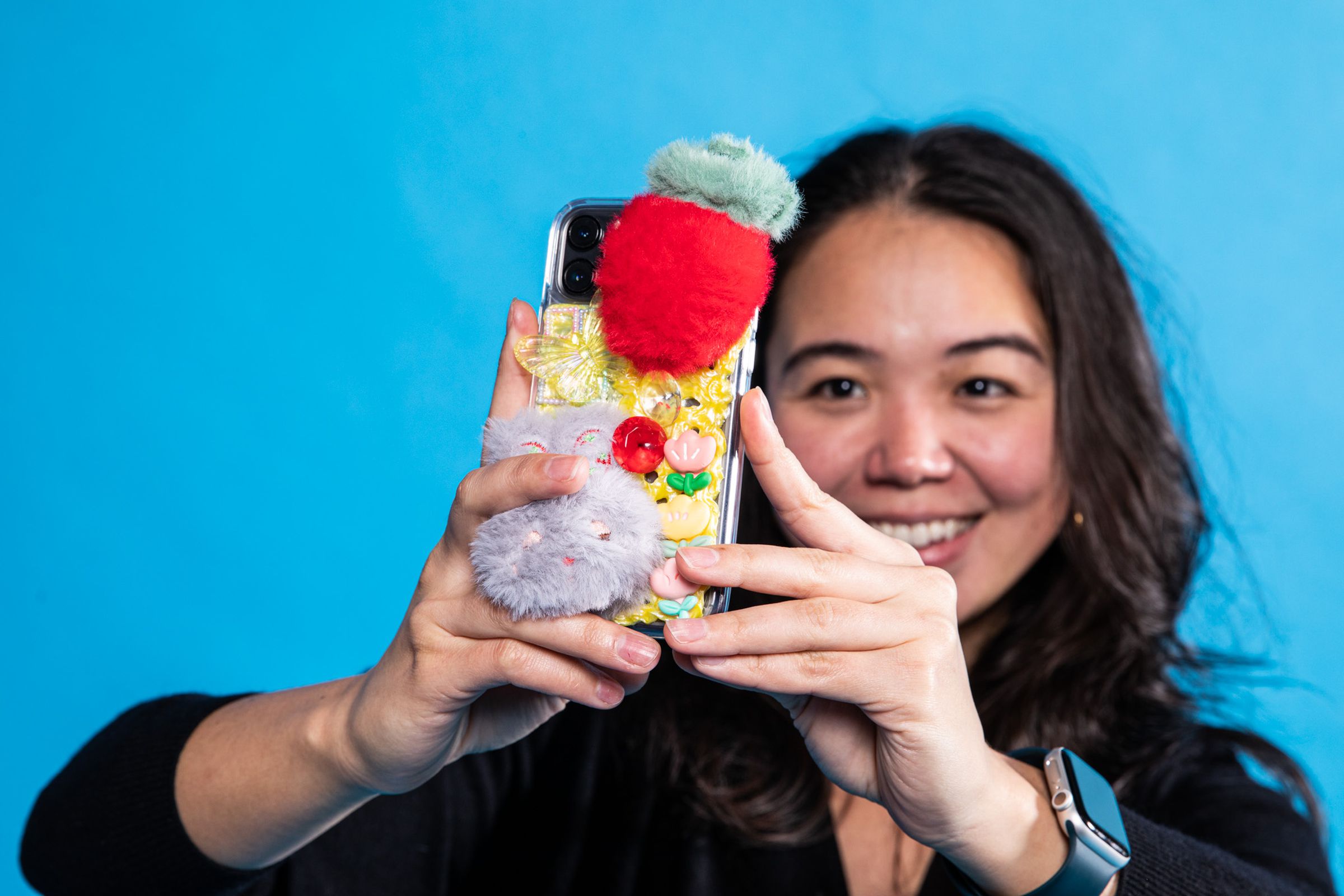
The desire to adjust and personalize our tech is insatiable. Apple, perhaps recognizing this, introduced more tools to tweak iPhone lock screens last year. iPhone colors keep expanding. There’s a sprawling market for custom app icons, and platforms like Snapchat have offered the feature to paying subscribers. In a way, decoden is just a more physical, more glittery manifestation of the exact same market.
As indicated by the name’s origin, decoden has historically been popular in Asian countries like Japan and China. Many decoden artists and business owners are also Asian and are tapped into trends and aesthetics that are popular in Asia that have yet to break through in the US.
Decoden sellers believe the style will continue to expand in the US. For the first four months of her Etsy shop being open, Qian Qian “Fiona” Lin, an LA-based decoden artist, says she didn’t sell a single phone case. She was a fan of the style first, buying cases online and later stocking up on supplies to make her own. Lin now runs her Etsy shop, Fifi’s Handmade, as a side gig, selling decoden phone cases, hair clips, hand mirrors, and other items. Relatively simple cases go for around $20, with more ornate styles running around $55. Since the orders started coming in, though, Lin says her business has only kept growing.
Lin has dozens of tiny charms in drawers at home, in a workspace where she makes cases to sell online. She’s made hundreds of cases by now and has perfected the hand movements to make the whipped glue look even and the charm placement balanced. It takes her about an hour to make each case.
“It doesn’t take too long,” Lin says. “But the design and the idea, it takes more time.”
The extravagant decoden can look chaotic, but there’s a measured art to jamming dozens of tiny charms onto colored frosting glue. Add too many pieces, and the design can end up looking messy, Lin warns; selecting charms in the same color scheme also helps to make the final product look more cohesive.
Lin works with customers to come up with a design or color scheme for their case, sending photos of available charms and possible arrangements. Lin, like Emily, says her customers especially love Sanrio and Disney characters. The choice anxiety I felt making a case at Cutes House, it seems, is a familiar feeling. Lin had a hard time picking a favorite charm.
“They are all cute,” she says, laughing. “I love them all.”
Consumers have countless options for mobile accessories, and phone cases are a billion-dollar industry — from sculptural resin cases handmade by artists to mass-produced pink camo OtterBox cases sold at local Verizon stores. Lin, who also sells cases in person at craft fairs and markets, says a big draw for customers is the novelty of decoden cases — despite the clunkiness and added weight of the glue and embellishments, customers want something unlike what anyone else has.
“They don’t want the same style as other people’s,” Lin says. “They want the special one.”
Lin uses a decoden case and frequently switches it out. She estimates that she changes her phone case about once a month in order to test out new designs for her shop. But I’m surprised to see that Emily opts for a matte, unembellished case with a minimal Year of the Rabbit design, something you might find hanging on a shelf at a store — no beads, charms, glitter, or toys to be found. She prefers to keep something simple on her own phone, lest it get dirty at work.

